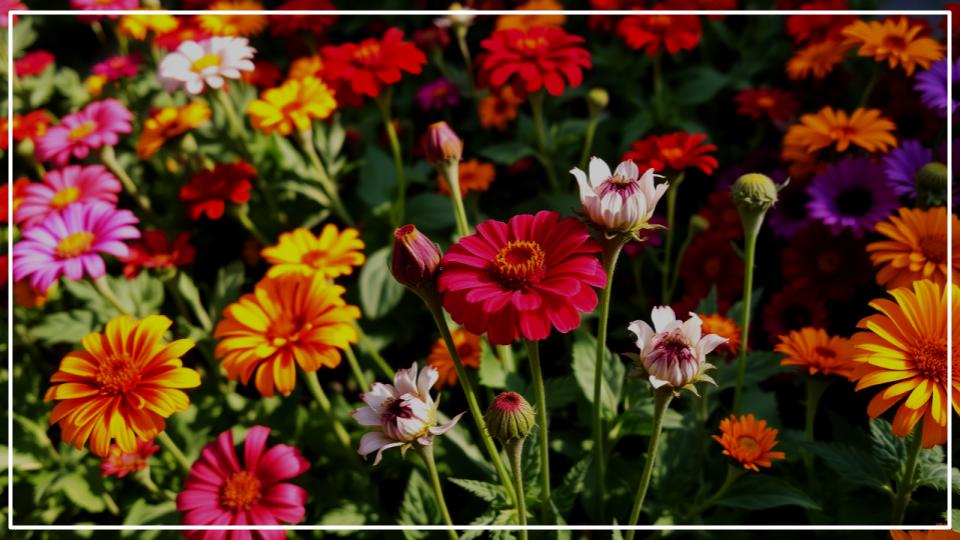
A garden brimming with continuous color from spring until the first frost is the dream of every gardener. We invest in rich soil, choose the sunniest spots, and water diligently, all in pursuit of that endless floral show. But what if I told you the secret to unlocking this potential isn’t just in what you give your plants, but in what you take away? This simple, yet transformative, technique is deadheading. Learning which flowers that need deadheading is the key to a summer-long spectacle.
This isn’t just about tidying up; it’s a strategic conversation with your plants. You are redirecting their energy from making seeds back into producing what we all love most: more gorgeous flowers. Let’s walk through why this works, and which stunning varieties respond most dramatically to this little bit of attention.
Quick Tips for More Blooms
Here’s the essence of what you need to know to get started.
- Why It Works: Deadheading redirects a plant’s energy from seed production to creating more flowers and stronger roots.
- The Right Cut: Always snip the spent flower stem down to the next set of healthy leaves or a lateral bud. Simply pulling off the petals isn’t enough.
- Focus Your Efforts: Prioritize annuals like petunias and zinnias, along with repeat-blooming perennials such as salvia and roses, to prolong bloom time.
- Clean Tools Matter: Use sharp, clean snips or bypass pruners to avoid damaging the plant or spreading disease.
The Simple Science of Why Deadheading Works
Have you ever wondered why a plant flowers in the first place? It’s all about survival. A flower’s primary job, from the plant’s perspective, is to become pollinated and produce seeds to create the next generation. Once that mission is accomplished, its hormonal signals change. The plant thinks, “My work here is done,” and begins diverting all its resources into maturing those seeds. For many popular garden flowers, this means the spectacular bloom show comes to a screeching halt.
Deadheading is a brilliant bit of horticultural trickery. By removing the fading flower and, crucially, the developing seed pod at its base, you interrupt this cycle. The plant, still driven to reproduce, is forced to try again. The result? It pushes out another round of buds, giving you a continuous blooming display. In my own garden, I’ve seen leggy, tired-looking petunias completely rejuvenated and covered in new blossoms just a week or two after a thorough deadheading. It’s one of the most instantly gratifying tasks in all of gardening.
TOOLS AND MATERIALS BOX:
- Bypass Pruners: For woody stems like those on roses. Their scissor-like action makes a clean cut.
- Floral Snips or Garden Scissors: My go-to for most perennials and annuals. They are precise and easy to handle.
- Your Fingers: For soft-stemmed plants like geraniums and petunias, a simple pinch is often all you need.
- A Small Bucket or Trug: To collect the spent heads and keep your garden tidy as you work.
9 Flowers That Need Deadheading for a Flawless Display
While many plants benefit from this practice, some are particularly insistent. Neglecting to deadhead these nine beauties will significantly shorten their season of splendor.
1. Petunia (Petunia x hybrida)
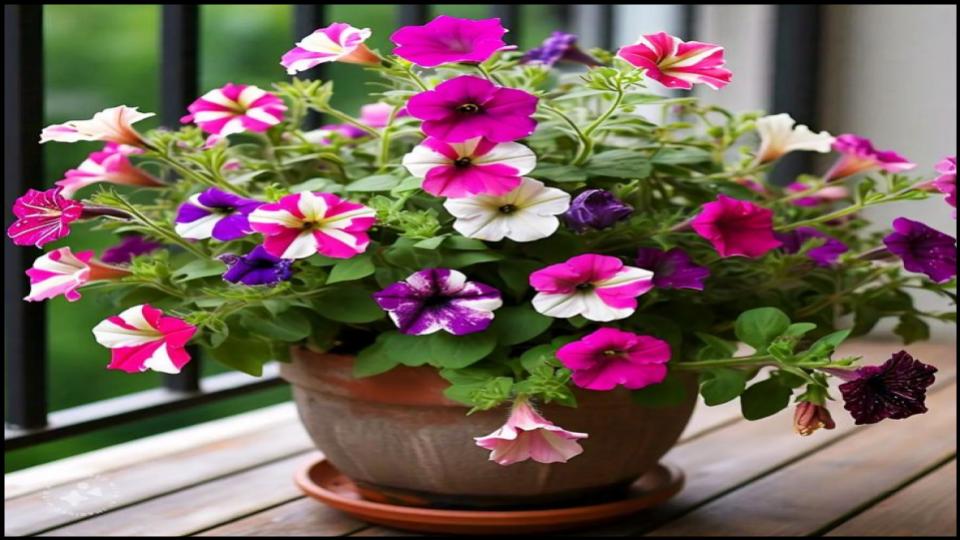
These cheerful, trumpet-shaped flowers are the workhorses of summer containers and hanging baskets. To keep them looking full and fabulous, regular deadheading is non-negotiable.
- Why It’s Essential: Once a petunia flower fades, it leaves behind a small, sticky green seed pod. If left alone, the plant will quickly become long, leggy, and sparse with flowers as it pours its energy into those pods.
- How to Deadhead: Don’t just pull off the colorful petals. You must pinch or snip the flower stem just below the swollen base where the seed pod forms. For a mid-season refresh, I often give my basket petunias a “haircut,” trimming back leggy stems by about a third to encourage bushier growth and a new flush of blooms.
2. Zinnia (Zinnia elegans)
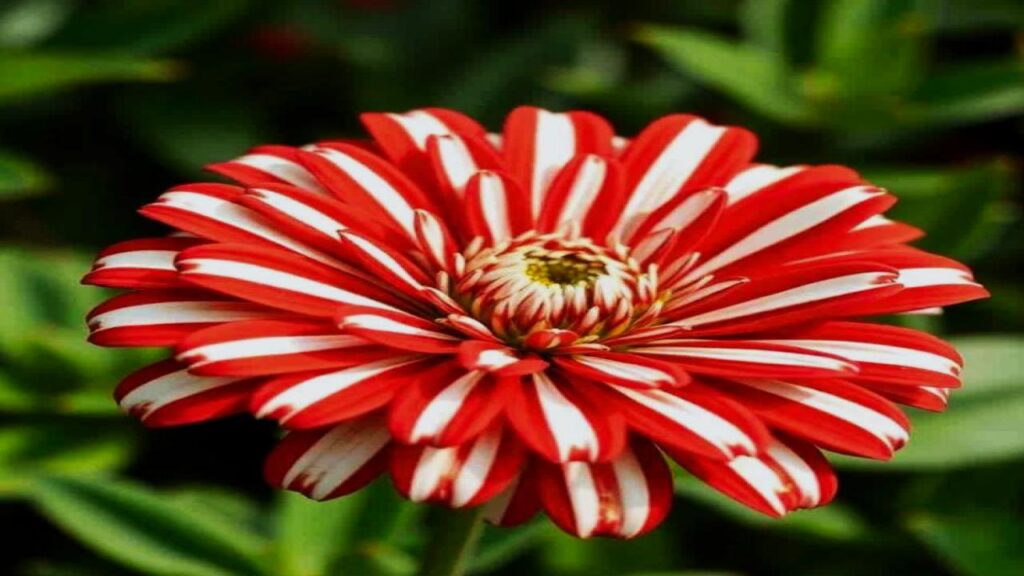
With their bright, daisy-like flowers in a rainbow of colors, zinnias are a pure delight. They are quintessential “cut-and-come-again” flowers, and deadheading is what tells them to keep on coming.
- Why It’s Essential: Zinnias are prolific bloomers, but they are just as prolific at setting seed. A spent zinnia head will quickly dry into a brown cone of seeds, signaling the plant to slow down.
- How to Deadhead: Follow the stem down from the spent flower to the first set of healthy leaves. Make your cut right above this junction. This not only removes the old flower but also encourages the plant to branch out, leading to an even fuller plant.
3. Marigold (Tagetes spp.)
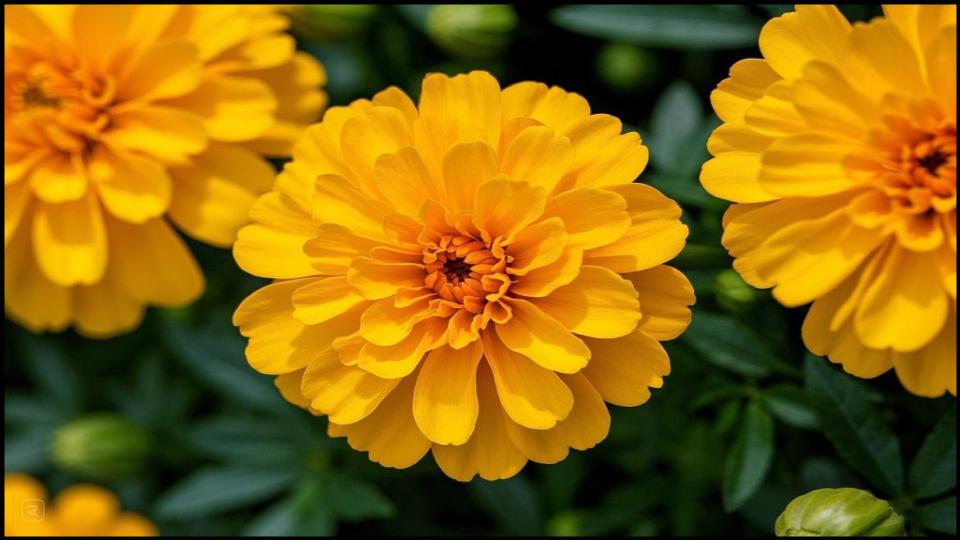
These sunny, pest-deterring annuals are a garden staple for a reason. Their pungent scent may even help keep critters away, according to the Old Farmer’s Almanac, but it’s their constant color we prize most.
- Why It’s Essential: Marigolds produce very distinct, barrel-shaped seed heads. Leaving them on the plant will cause a noticeable decline in the number and size of new flowers.
- How to Deadhead: Snip the entire dead flower head off at the point where it meets the stem. For bushier plants, you can cut back to a lower set of leaves. A common mistake I see is gardeners only removing the brown petals; you have to remove the entire head to be effective.
4. Cosmos (Cosmos bipinnatus)
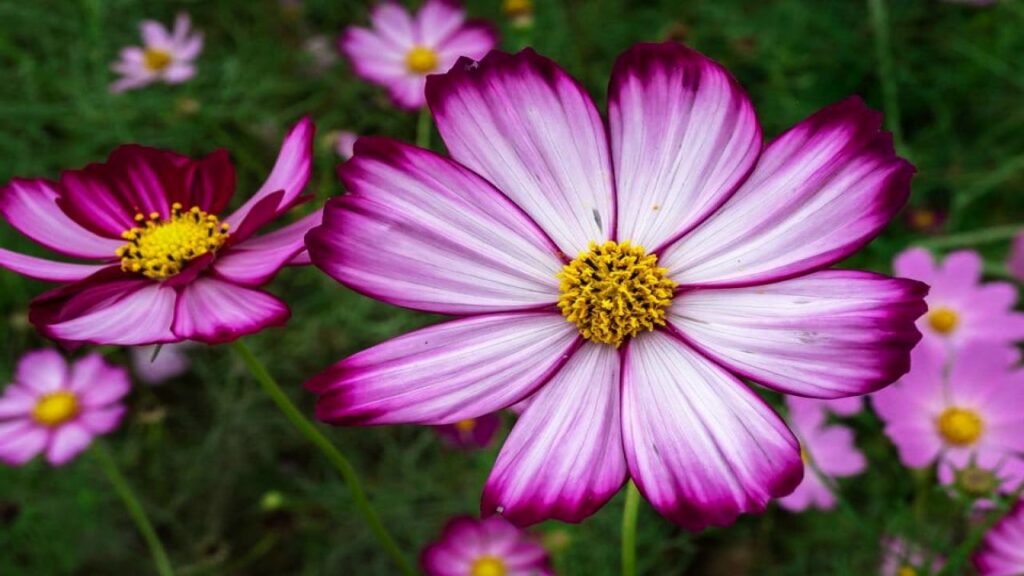
The airy, whimsical stems of cosmos topped with silky, colorful discs are the stuff of cottage garden dreams. They are incredibly low-maintenance, but this one task makes all the difference.
- Why It’s Essential: Cosmos are determined self-seeders. If you let the flowers fade and drop, you’ll have cosmos seedlings everywhere next year, but your current season’s bloom will be cut short.
- How to Deadhead: The technique is identical to zinnias. Trace the thin stem down from the spent flower and snip it off just above a set of its feathery leaves. This keeps the plant looking tidy and focused on producing new buds.
5. Salvia (Salvia spp.)
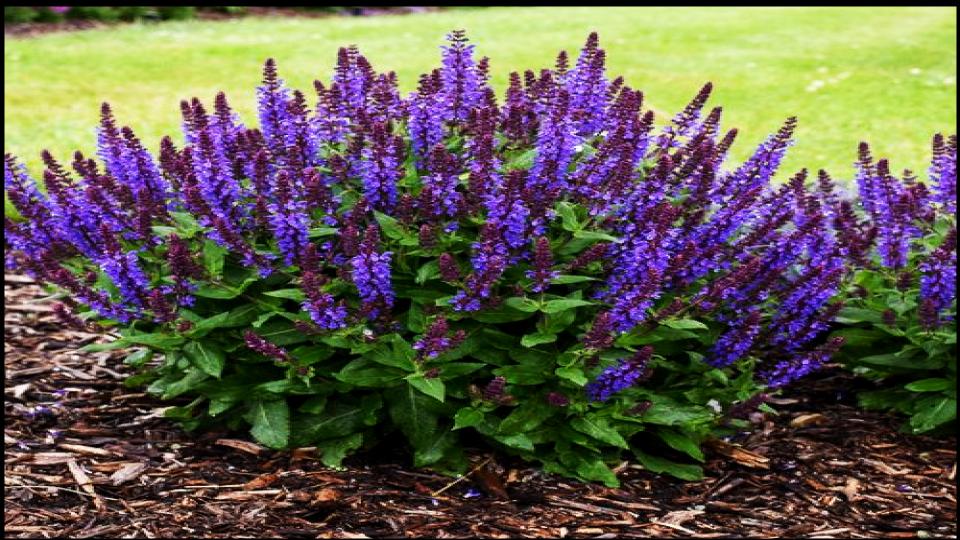
From the vibrant red of Salvia splendens to the cool blues of Salvia farinacea, these spiky flowers are magnets for hummingbirds and bees.
- Why It’s Essential: Once a flower spike has finished blooming from the bottom up, it will remain on the plant as a dry, unattractive stalk, inhibiting the growth of new spikes from the base.
- How to Deadhead: Don’t just remove the individual tiny flowers. Wait for the entire stalk to look about 80% faded, then cut the whole stalk off at the base of the plant where it emerges from the main foliage. A University of New Hampshire Extension article confirms that this deep cut encourages fresh, new growth.
6. Geranium (Pelargonium x hortorum)
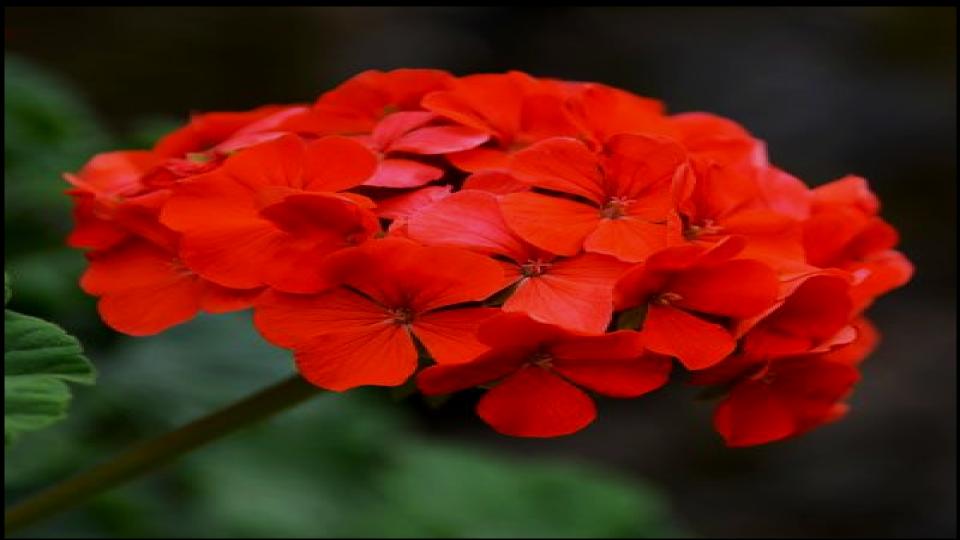
A classic in pots, window boxes, and beds, the zonal geranium provides bold clusters of color all summer long.
- Why It’s Essential: Faded geranium flower heads, called umbels, will quickly begin to form seed. The flower stalks will yellow and linger, detracting from the plant’s beauty and draining its energy.
- How to Deadhead: No tools are required here! Simply follow the flower stalk all the way back to where it joins the main stem. Grasp it firmly and snap it off with a quick sideways motion. It should break off cleanly at the base.
7. Rose (Rosa spp.)

For repeat-blooming roses, like Hybrid Teas, Floribundas, and many modern shrub roses, deadheading is absolutely crucial for a continuous supply of magnificent, fragrant blossoms.
- Why It’s Essential: A finished rose bloom will develop into a seed-filled hip. The formation of rose hips tells the plant its reproductive work is done for that cycle, preventing it from sending up new flowering canes.
- How to Deadhead: This requires a bit more precision. On a flowering stem, look for a five-leaflet leaf (a leaf composed of five smaller leaflets) that faces outward from the center of the plant. Using sharp bypass pruners, make a clean, angled cut about a quarter inch above that five-leaflet leaf. As the American Rose Society suggests, this directs the new growth outward, promoting better air circulation.
8. Dahlia (Dahlia spp.)
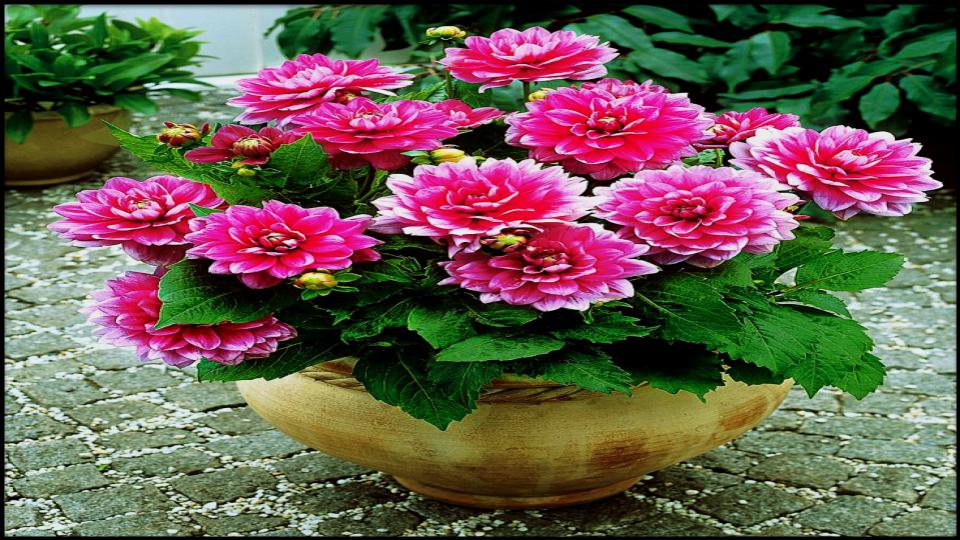
These late-summer queens produce some of the most intricate and breathtaking flowers in the garden. To keep their spectacular show going right up until frost, you must be diligent.
- Why It’s Essential: Dahlias will stop producing new buds on a stem once a flower has been pollinated and begins to fade. It’s easy to confuse a spent dahlia head with a new bud.
- How to Deadhead: A new bud is typically round and tight, while a spent flower head is more cone-shaped and pointed. Snip the stem of the spent flower all the way back to the main stalk to encourage the plant to produce more stems and buds from its base. I make this a part of my daily walk through the dahlia patch in August and September.
9. Delphinium (Delphinium spp.)
Those magnificent, towering spires of blue, purple, and white are a highlight of the early summer garden. While some see them as single-show plants, you can often coax a second, smaller flush of blooms with proper deadheading.
- Why It’s Essential: Once the main flower spike fades, the plant’s energy goes entirely into its seeds. Removing it promptly can trigger the growth of smaller, secondary flower spikes.
- How to Deadhead: As soon as the flowers on the main stalk have faded, cut the stalk down to the level of the plant’s basal foliage, as recommended by many horticultural experts like those at the Missouri Botanical Garden. This gives the side shoots a chance to develop for a potential late-summer bloom.
A Rewarding Garden Ritual
Deadheading is more than just a chore; it’s a peaceful, meditative practice that connects you to the rhythm of your garden. It’s a simple act of care that pays you back tenfold with vibrant color, healthier plants, and a garden that truly lives up to its full potential all season long. So grab your snips, put on some music, and spend a little time with your flowers. They will thank you for it with a spectacular, summer-long performance.
Read More
The Most Beautifully Dangerous Flower You Can Grow in Your Backyard
